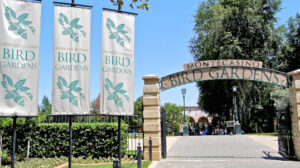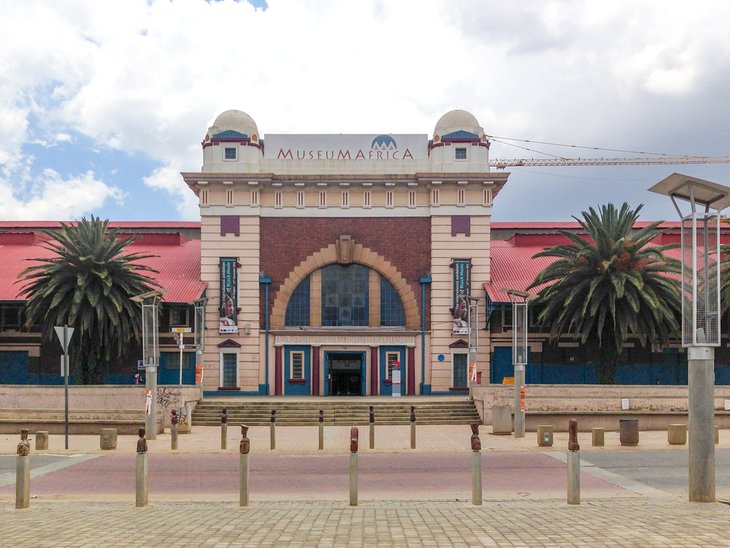Getting My Johannesburg North Attractions To Work
Getting My Johannesburg North Attractions To Work
Blog Article
An Unbiased View of Johannesburg North Attractions
Table of ContentsGetting The Johannesburg North Attractions To WorkJohannesburg North Attractions - QuestionsThe Greatest Guide To Johannesburg North AttractionsAll about Johannesburg North AttractionsThe Single Strategy To Use For Johannesburg North AttractionsSome Known Details About Johannesburg North Attractions
The city owes its location to the presence of a much more valuable source: gold. The city grew on the edge of the Witwatersrand Key Coral reef, a below ground stratum of gold-bearing quartz-silica corporation that arcs for thousands of miles below the Highveld. Most of the gold mines in the city discontinued procedure in the 1970s, but in its day the Witwatersrand gold sector represented greater than 40 percent of the globe's yearly gold production.Johannesburg has a warm environment. Summer season temperature levels average regarding 75 F (24 C); winter months temperature levels average about 55 F (13 C) and only sometimes dip listed below freezing. The city takes pleasure in regarding eight hours of sunlight daily in both winter season and summertime. Rain averages about 28 inches (700 millimetres) per year, yet the total varies significantly from year to year.
What rainfall the city gets falls nearly exclusively in the summertime months, usually in stunning late-afternoon electric tornados., where several homeowners still count on coal for fuel.

The Basic Principles Of Johannesburg North Attractions
The balance of the city is inhabited by whites. Lodging differs in personality and top quality. Soweto is infamous for its countless rows of municipally constructed, two-room matchbox homes, yet it additionally has a couple of prosperous enclaves along with bristling squatter camps, where 10s of thousands live without water, electrical energy, or sanitation facilities.
Physical growth, although somewhat limited by transport, proceeded swiftly as immigration to South Africa, and Johannesburg in specific, increased drastically. This trouble was solved in the 1930s when the vehicle was introduced in mass manufacturing to South Africa. Automobiles were, essentially, restricted to the rich, and permitted them to move to the north of the city and commute right into the centre.
A lot of inadequate suburban areas were combined, with inadequate blacks and whites living with each other, although the rich suburban areas were normally reserved for whites.
The number of people living in the internal city on an informal basis is unidentified, as several are unlawful immigrants. The unemployment, education, and age profiles of the area are all unidentified, due to the trouble of getting trustworthy details about the area.
Not known Incorrect Statements About Johannesburg North Attractions
Centred on the CBD, the region includes the suburbs of Yeoville, Bellevue, this link Troyeville, Jeppestown, and Berea to the eastern. To the west it infects Pageview (Johannesburg North attractions) and Fordsburg. There are small enterprise zones to the south, such as City West-Denver and Benrose. Around 800,000 commuters go through the central city every day, and it works as a regional buying node for visitors from the southerly suburban areas. Yeoville and Bellevue have a mix of house buildings and single domestic systems on tiny great deals. The region is situated on a hilly divide that runs from east to west.

Everything about Johannesburg North Attractions
The eastern suburbs are some of the earliest locations of Johannesburg, there are big communities of Jewish and various other European histories, the bulk of the populace is English speaking. There are 3 golf programs as well as a number of protected ridges with viewsites.
The area is mostly made up of old "matchbox" houses, or four-room residences developed by the federal government, that were developed to supply low-cost lodging for black workers during racism. Soweto is an acronym, standing for "South Western Townships". Road after road in this location is lined with matchboxes; nonetheless, there are a couple of smaller sized locations where flourishing Sowetans have built homes that are much more similar in stature with those in even more affluent residential areas.
Hostels are an additional noticeable physical feature of Soweto. Originally constructed to house male migrant workers, many have official site been boosted as houses for couples and family members. The N1 Western Bypass skirts the eastern border of Soweto. The suburban area was not historically allowed to create work centres within the area, so nearly all of its citizens are commuters to various other parts of the city.
Things about Johannesburg North Attractions
The property areas in the northern residential areas are generally official, with no significant areas of informal housing, or look what i found real estate that does not have an irreversible structure. This is a well established area, there is a trend of land usage modification from property to business, specifically along main arterial roadways and around established nodes.
The location is well linked to road networks, particularly along the north-south axis developed by the M1 and N1. Roadways to the eastern and west are much less well developed, as there are no highways taking a trip because instructions. Towards the north border of the city, the thickness of development reduces, leaving large areas of primitive land around Midrand.
The smart Trick of Johannesburg North Attractions That Nobody is Talking About
, which is located on a hill forgeting the internal city and Hillbrow.
Report this page